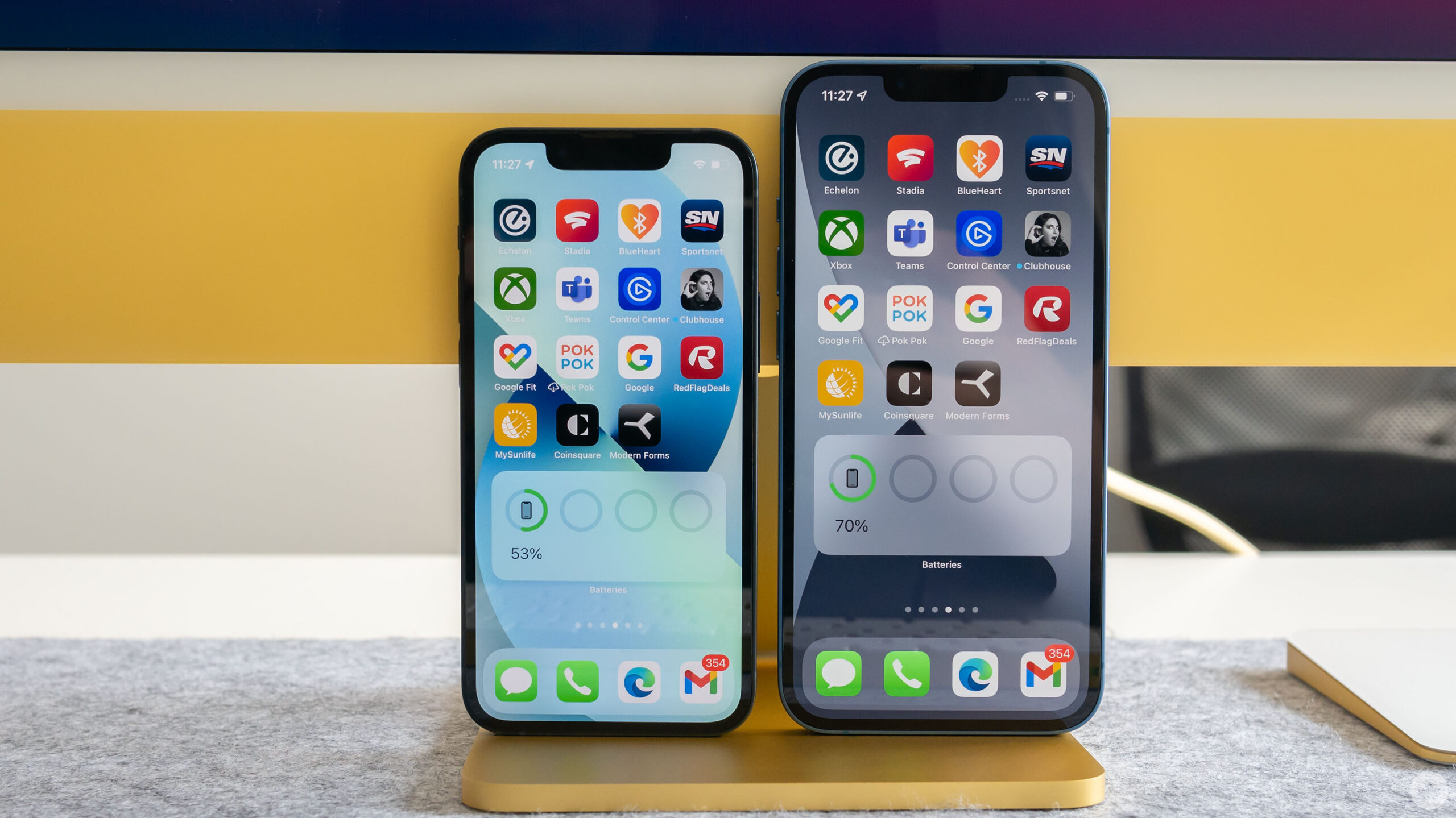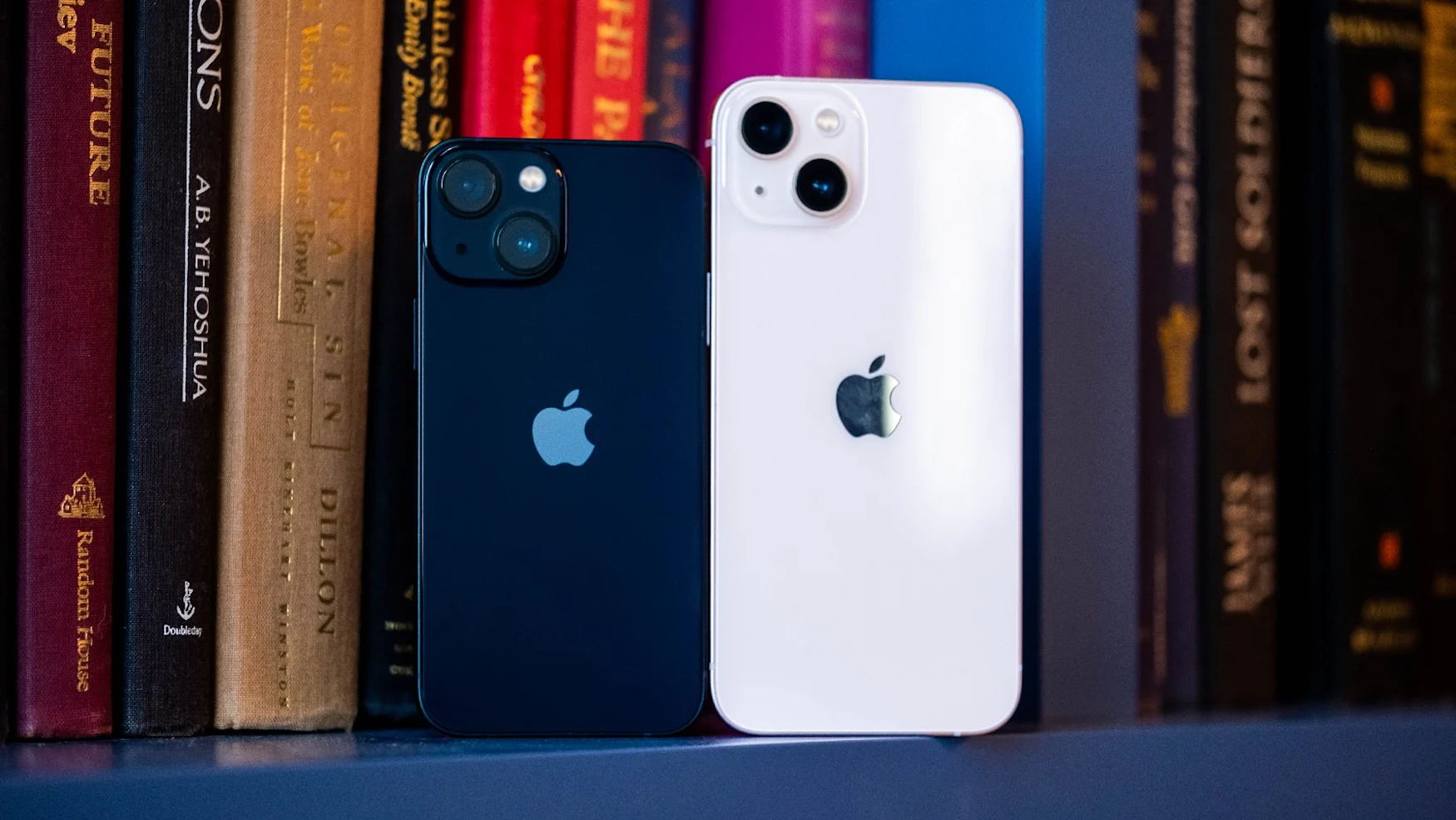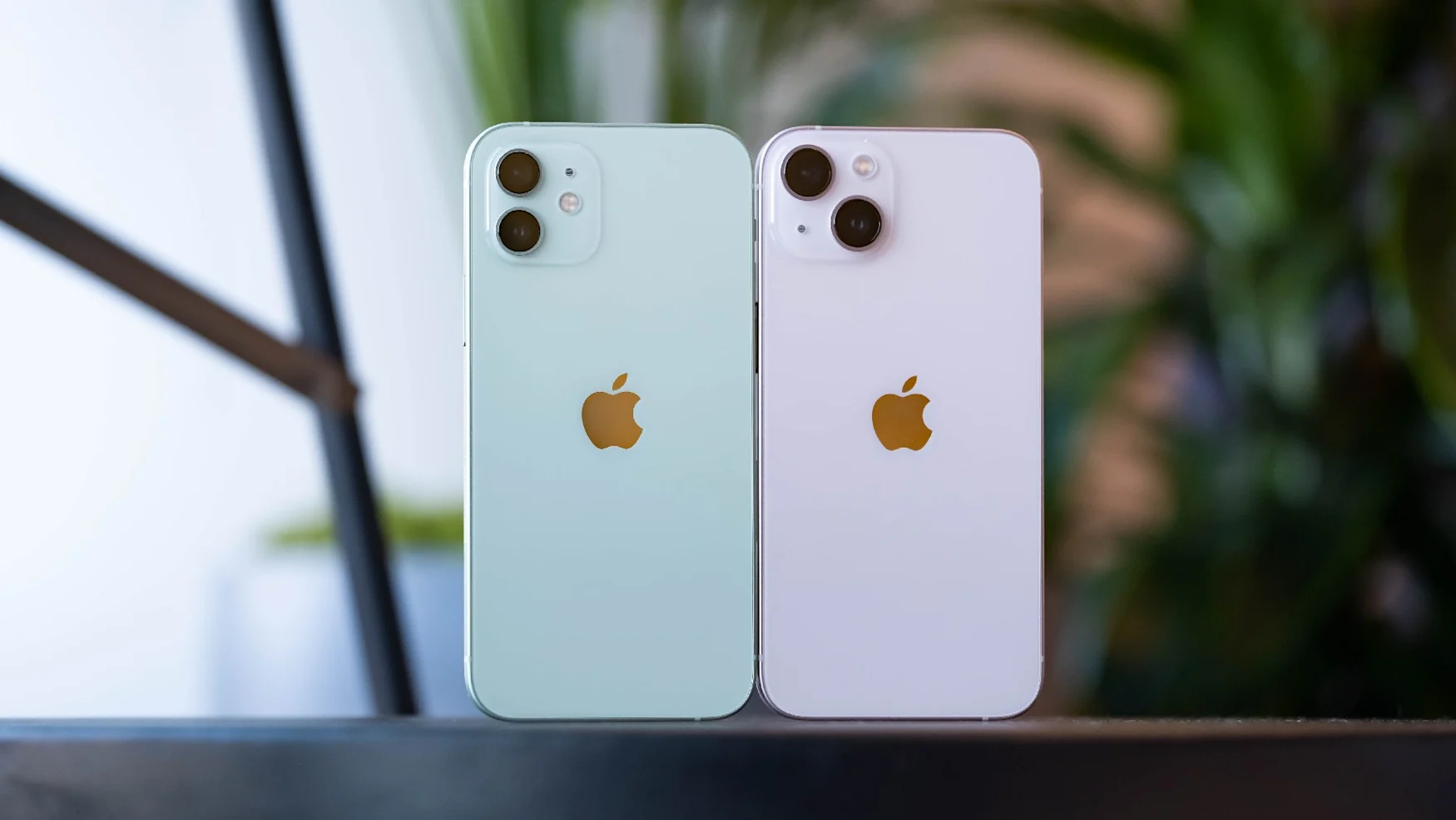Sammenligning av forskjeller og likheter mellom iPhone 13 og iPhone 13 Mini. Oppdag design, skjerm, ytelse, kamera og tilgjengelighet. Gjør et informert valg for ditt neste smarttelefonkjøp.
Innholdsfortegnelse
Introduction
The iPhone 13 and iPhone 13 Mini, released in September 2021, are the latest additions to Apple's iconic iPhone lineup. These smartphones offer a range of advanced features and improvements compared to their predecessors, the iPhone 12 and iPhone 12 Mini. In this article, we will compare the key differences and similarities between the iPhone 13 and iPhone 13 Mini, helping you make an informed choice when considering your next smartphone purchase.

Design and Display
The iPhone 13 and iPhone 13 Mini feature a sleek and modern design, with a flat chassis that is consistent with other Apple products. However, there are some notable differences in the design elements. The rear cameras on both models are larger and arranged diagonally, giving them a distinct look. Additionally, the Face ID True Depth sensor housing on the iPhone 13 is 20% smaller yet taller than its predecessors, further enhancing the overall aesthetic.
When it comes to display, the iPhone 13 boasts a 6.1-inch Super Retina XDR OLED display with a resolution of 2532x1170 pixels and a pixel density of about 460 PPI. On the other hand, the iPhone 13 Mini features a slightly smaller 5.4-inch Super Retina XDR OLED display with a resolution of 2340x1080 pixels and a pixel density of about 476 PPI. Both models offer stunning visuals and improved brightness levels, with up to 800 nits of typical brightness and a peak brightness of up to 1200 nits.

Performance and Features
Under the hood, the iPhone 13 and iPhone 13 Mini are powered by Apple's A15 Bionic chip, a custom-designed system-on-a-chip that delivers exceptional performance and efficiency. Both models feature a 6-core CPU, a 4-core GPU, and a 16-core Neural Engine, ensuring smooth multitasking, immersive gaming experiences, and fast app launches.
When it comes to camera capabilities, the iPhone 13 and iPhone 13 Mini offer a similar camera system. They feature a front-facing 12MP f/2.2 camera and two back-facing cameras – a wide 12MP f/1.6 camera and an ultra-wide 12MP f/2.4 camera. The camera module on the back is arranged diagonally, allowing for larger sensors and improved light-gathering capabilities. Both models also feature sensor-shift optical image stabilization (OIS) on the main camera, ensuring sharper and more stable photos and videos.
A notable addition to the camera app is the new Cinematic Mode, which allows users to create professional-looking videos with simulated shallow depth of field effects. This feature is supported on both the wide and front-facing cameras, enabling users to capture stunning videos with ease.
Se også
Color Options and Availability
The iPhone 13 and iPhone 13 Mini come in a variety of vibrant colors, allowing users to choose a device that matches their personal style. The available color options include Midnight, Starlight, Product Red, Blue, Pink, and Green. With these options, users can select a device that best reflects their individual preferences.

Conclusion
The iPhone 13 and iPhone 13 Mini are impressive additions to Apple's iPhone lineup, offering advanced features and improvements compared to their predecessors. With their sleek design, stunning displays, powerful performance, and enhanced camera capabilities, both models provide an exceptional user experience. Whether you prefer a larger display with the iPhone 13 or a more compact size with the iPhone 13 Mini, you can't go wrong with either choice. Ultimately, the decision between the two will depend on your personal preferences and needs.
/cdn.vox-cdn.com/uploads/chorus_asset/file/22901260/vpavic_211004_4792_0005_Edit.jpg)
Hva vil Wiki fortelle oss?
The iPhone 13 and iPhone 13 Mini are smartphones designed, developed, marketed, and sold by Apple Inc. They are the fifteenth generation of iPhones (succeeding the iPhone 12 and iPhone 12 Mini respectively). They were unveiled at an Apple Event in Apple Park in Cupertino, California, on September 14, 2021, alongside the higher-priced iPhone 13 Pro and iPhone 13 Pro Max flagships. Pre-orders for the iPhone 13 and iPhone 13 Mini began on September 17, 2021. They were officially released on September 24, 2021.
The iPhone 13 has a flat chassis analogous to that of contemporaneous Apple products, some differences such as the rear cameras being larger and arranged diagonally. The Face ID True Depth sensor housing on the iPhone is 20% smaller yet taller than its predecessors.
The iPhone 13 and iPhone 13 Mini are available in six colors: Midnight, Starlight, Product Red, Blue, Pink, and Green.
The iPhone 13 and iPhone 13 Mini use an Apple-designed A15 Bionic system on a chip. The iPhone 13 and 13 Mini feature a 6-core CPU, 4-core GPU, and 16-core Neural Engine, while the iPhone 13 Pro and 13 Pro Max feature a 5-core GPU.
The iPhone 13 features a 6.1-inch (155 mm) display with Super Retina XDR OLED technology at a resolution of 2532×1170 pixels and a pixel density of about 460 PPI with a refresh rate of 60 Hz. The iPhone 13 Mini features a 5.4-inch (137 mm) display with the same technology at a resolution of 2340×1080 pixels and a pixel density of about 476 PPI. Both models have the Super Retina XDR OLED display with improved typical brightness up to 800 nits, and max brightness up to 1200 nits.
The iPhone 13 and 13 Mini feature the same camera system with three cameras: one front-facing camera (12MP f/2.2) and two back-facing cameras: a wide (12MP f/1.6) and ultra-wide (12MP f/2.4) camera. The back-facing cameras both contain larger sensors for more light-gathering with new sensor shift optical image stabilization (OIS) on the main camera. The camera module on the back is arranged diagonally instead of vertically to engineer the larger sensors.
The camera app contains a new mode called Cinematic Mode, which allows users to rack focus between subjects and create (simulate) shallow depth of field using software algorithms. It is supported on wide and front-facing cameras in 1080p at 30 fps.












